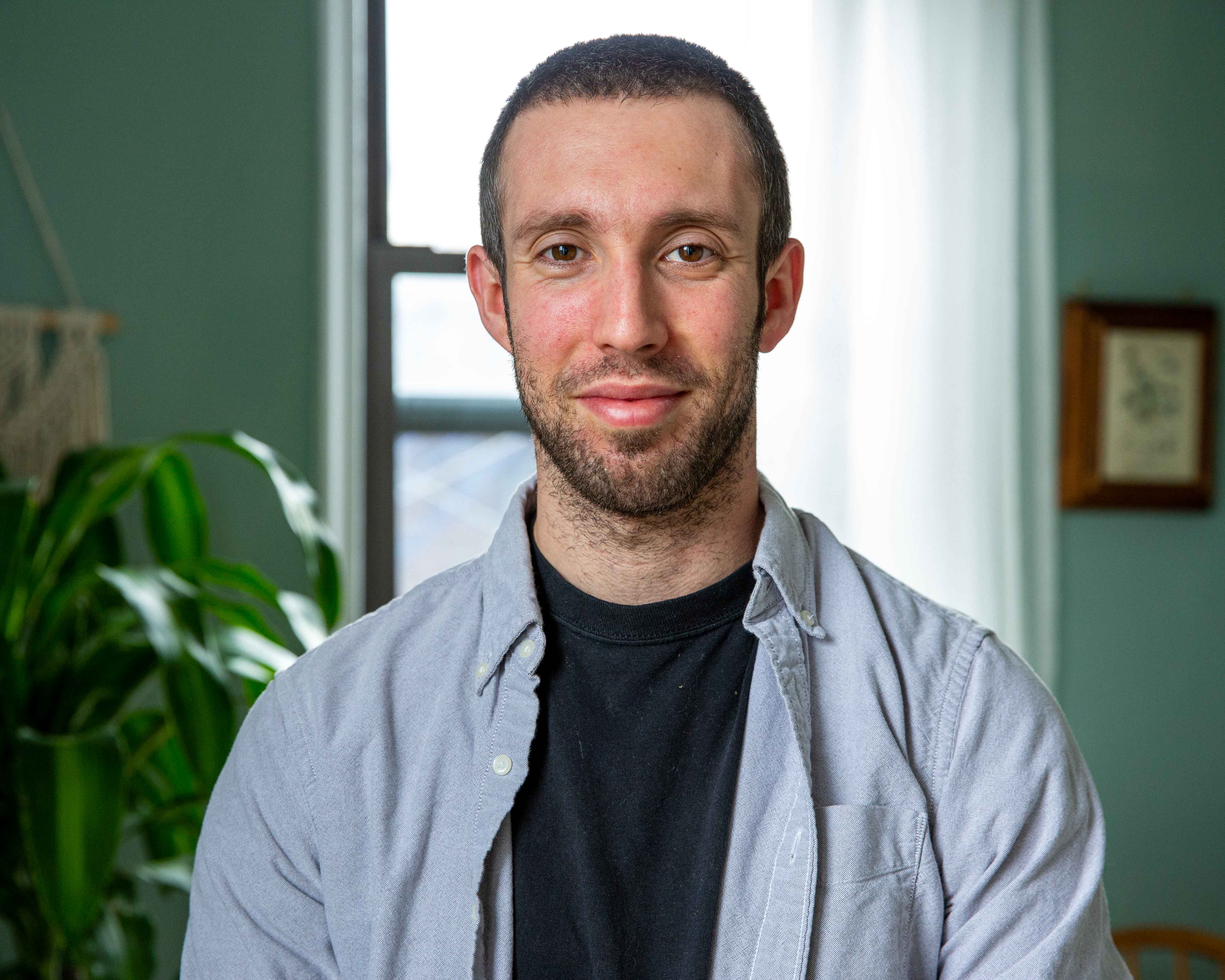Everything you need to know about clinical trial phases

Due to COVID-19 vaccine and treatment developments, clinical trials have been in the limelight lately. Before reaching patients, every medical intervention (from common ibuprofen pills to specialized cancer drugs) must pass through clinical trial phases. But what are the phases of clinical trials, and why do they matter? Each clinical trial phase has a different goal and separate hurdles to clear before a potential new treatment or medical device can move forward.
The typical process begins when researchers develop new drugs in a lab. In order to reach the first clinical trial stage, scientists research ideas in what is called the discovery phase. This step can take from three to six years. Typically, researchers will test drugs on animals before moving on to the first stage of clinical testing in humans.
Companies must file an investigational new drug (IND) application with the U.S. Food and Drug Administration (FDA). The application includes key results of the preclinical research, the candidate drug’s molecular structure, details on how the investigational medicine is thought to work in the body, a listing of any potential side effects as indicated by the preclinical studies, and manufacturing information. The IND also provides a detailed clinical trial plan.
Alongside the IND application, all clinical trials must be approved and monitored by the institutional review board (IRB) or ethics committee (EC) at the institutions where the trials will take place. The IRB/EC has the responsibility to protect research participants. This process includes the development of informed consent documents, which will be required from all clinical trial participants.
Once approved, researchers, pharmaceutical companies, or biotechs can begin enrolling volunteers in a phase I trial.
It takes approximately ten years for a new treatment to complete the journey from initial discovery to the marketplace. Clinical trials alone normally take six to seven years on average to complete.
Phase I clinical trials
Phase I clinical trials test whether drugs are safe to use in humans. These trials are typically small — they enroll approximately 20 to 100 volunteers. Some phase I clinical trials only look for healthy volunteers, who may be compensated for participating. Other trials accept those with the condition the drug aims to target. While the drug may help symptoms, a phase I trial’s goal is to prove safety, but not necessarily how effective the drug or device is. This trial phase can last anywhere from several months to a year. If researchers find the drug to be safe, it then moves forward to phase II. Around 70% of experimental drugs move past this stage.
Phase II clinical trials
Phase II clinical trials test both the safety and effectiveness of a drug or medical device. Trials in this stage can last from several months to a few years, and recruit up to several hundred patients with the condition to take part.
Many phase II clinical trials are randomized, which means one group of participants receives the study drug, while the other group receives a placebo or an existing, standard treatment. Other phase II studies are "blinded," which means that neither the researchers nor the participants know who received the study drug.
In this phase, the drug has to be found safe and effective in order to move forward to phase III. Only 33% of drugs or interventions usually move on to the next phase.
Phase III clinical trials
Phase III clinical trials are usually the largest — these trials test a potential treatment in hundreds to thousands of people in a randomized, blind study. This testing phase can last several years as the FDA gathers thorough data about the drug's effectiveness and potential side effects. Combining phase II and III trials together in a phase II/III design has become increasingly more accepted and popular. This type of design can potentially shorten the timeline by allowing the data from the phase II patients to be used in the phase III analysis, thereby reducing the total number of trial patients.
During a public health emergency, such as the current COVID-19 pandemic, the FDA may issue an Emergency Use Authorization (EUA), which is a mechanism to facilitate the availability and use of medical countermeasures, including vaccines. While the process for COVID-19 vaccines has been greatly accelerated, the clinical trials being conducted adhere to the same rigorous standards set forth by the FDA for other potential treatments and devices.
Moderna, Pfizer-BioNTech, and Janssen/Johnson & Johnson all have vaccines approved for EUA. Tens of thousands of participants joined trials to ensure that the vaccines are both safe and effective:
- Moderna Phase III: 30,420 participants
- Pfizer-BioNTech Phase II/III: 43,548 participants
- Janssen/Johnson & Johnson Phase III: 43,783 participants
The promise of clinical trials to find treatments and vaccines for COVID-19 is at the forefront of everyone’s minds. There are antiviral treatment studies and immune modulator treatment studies running around the world. There are also several more vaccine trials happening, too. There is a lot of information out there, and it can be difficult to cull through it all, so we wrote a brief guide to COVID-19 trials for patients.
Once a potential treatment or device makes it through a Phase III clinical trial stage, a pharmaceutical company can request FDA approval to start marketing the drug. A pharmaceutical company may submit a New Drug Application (NDA) or a biologics license application (BLA) to the FDA. The FDA then reviews results from all stages of the trial to determine whether it will approve the drug and allow the pharmaceutical company to begin marketing it to the public.
Phase IV clinical trials
Also known as “Post-Approval Research and Monitoring”, Phase IV takes place after a drug or device has been approved. In this phase, pharmaceutical companies monitor a drug's long-term impact. This phase is crucial, because it may take a few years for longer-term side effects to appear.
Clinical trials can’t move forward without research volunteers. We’ve made the process of finding clinical trials easy with our smart Match search engine. Start your search today, and help advance medical research for everyone.
Topics: For Patients

